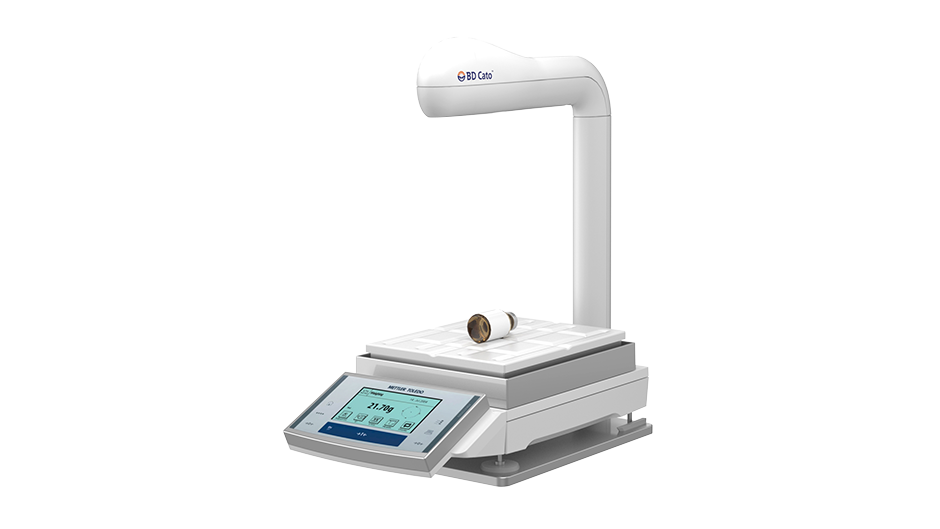Disclaimer: this guide does not replace consultation with your health care professional. Full disclaimer.
▼What is vacuum assisted biopsy (VAB)?
Vacuum assisted biopsy (VAB) is a breast biopsy procedure which uses a hollow needle like CNB but combined with vacuum suction. By combining the aspiration produced by the vacuum system with the action of the biopsy needle, the lump (lesion) is cut up in multiple small fragments which then are aspirated or removed from the breast.18 Please click here for more information.▼What is the difference between vacuum assisted biopsy (VAB) and core needle biopsy (CNB)?
Breast biopsy techniques have developed considerably over the last decades. Both VAB and CNB are biopsy needle methods to percutaneously (through the skin) collect biopsy samples. Prior to the introduction of these biopsy needles methods, all suspicious lesions detected in mammograms or ultrasound images were surgically resected in the operating room in order to diagnose them. 18CNB was one of the first percutaneous biopsy needle methods introduced, allowing for minimally invasive biopsies to happen outside the operating room. By adding a vacuum suction system to the CNB, VAB technology was created. VAB needle sizes are generally larger than CNB. VAB needles also can rotate to collect multiple samples with only one needle insertion.
Whether you are booked for a CNB or a VAB depends on each unique situation and your clinician’s recommendation. In many instances, a CNB is suitable to make the diagnosis. If you have dense breast or if larger samples or more numerous samples are required, then a VAB may be more appropriate.




